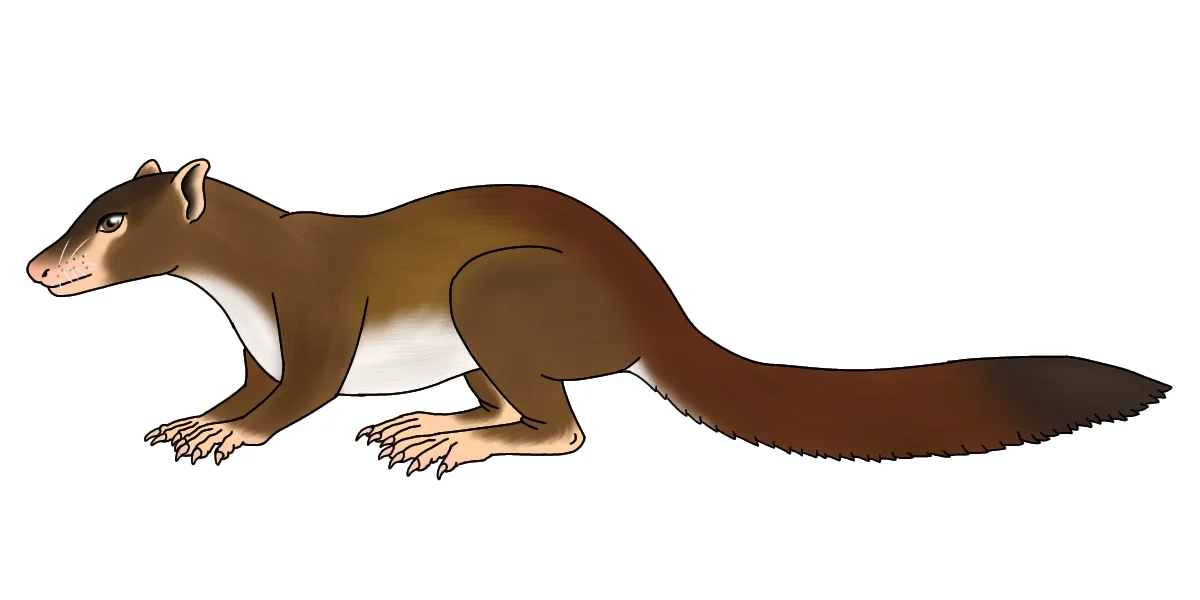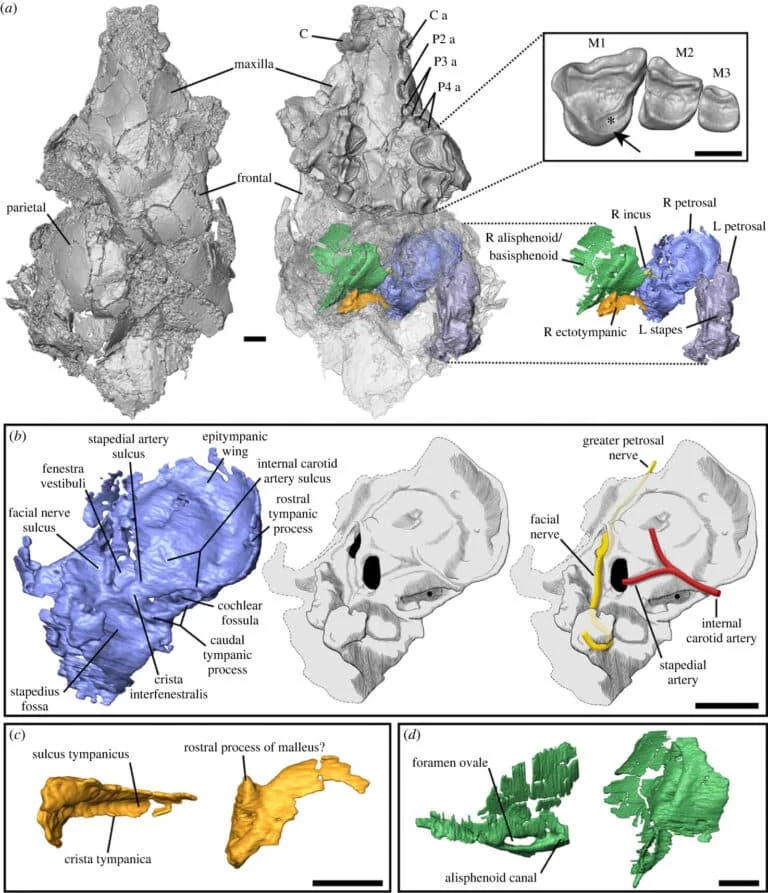American scientists have concluded that one of the plesiadapiform families, relatives of extinct primates, cannot be classified as such.
Picrodontid (PicrodontidaeThose who lived in the Paleocene on the territory of modern Canada are classified as plesiadapiforms (Plesiadapiformes) are an extinct suborder of mammals considered to be ancestors of primates, called primatomorphs. Outwardly, such animals resembled a squirrel and had well-developed incisor teeth. These mammals were apparently insectivores or frugivores and spent a lot of time in trees.
Picrodontids are recognized by three genera: Picrodus, Zanycteris and Draconodus. The fossil record of these animals consists entirely of dental remains, except for part of the skull of one species. Zanycteris paleocene. It must be said that picrodontid teeth are very characteristic: they are distinguished by many tubercles, the molars are very wide and do not wear out at all.
This led scientists to believe that picrodontids became highly specialized frugivores and perhaps even fed primarily on nectar, pollen, and tree sap. In general, their teeth are so similar to those of bats that in 1935 the eminent American paleontologist George Simpson even suggested that picrodontids belonged to bats.
What can be said about the skull? Zanycteri S? The fact that it was found at the beginning of the last century and in 1917 was “sealed” with plaster for better preservation. This important and unique specimen is still preserved in the American Museum of Natural History and is rarely studied by scientists. All that is known is that the skull of Zanycteris narrowed sharply forward, bringing the picrodontid closer to the modern mouse lemurs Cheirogaleinae and the nectar-feeding proboscis cuscus Tarsipedidae. In this regard, scientists believed that picrodontids probably evolved further from the original insectivores than all plesiadapiforms.
The new study by researchers from the City University of New York and the Carnegie Museum of Natural History (USA), published in the journal Biology Letters, once again raised doubts that picrodontids belong to primates. With the help of modern computed tomography, scientists examined the single skull of these animals discussed above.
They concluded that the teeth of picrodontids did indeed resemble the teeth of living primates; This cannot be said for the skull examined, especially the bone surrounding the ear. There is nothing similar in either modern primates or their close relatives.
According to scientists, this suggests that picrodontids and primates independently developed similar teeth because they had approximately the same diet. skull morphology Zanycteris turned out to be similar not to plecidapiforms, but to Paleogene ones Apatemyidae And Nyctitheriidae. The latter probably belong to extinct animals related to modern hedgehogs, mice and moles.














